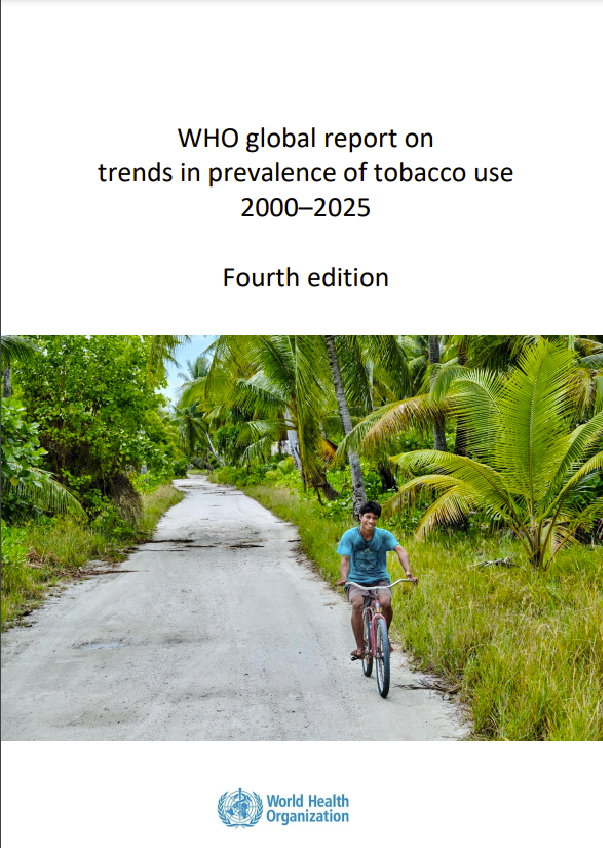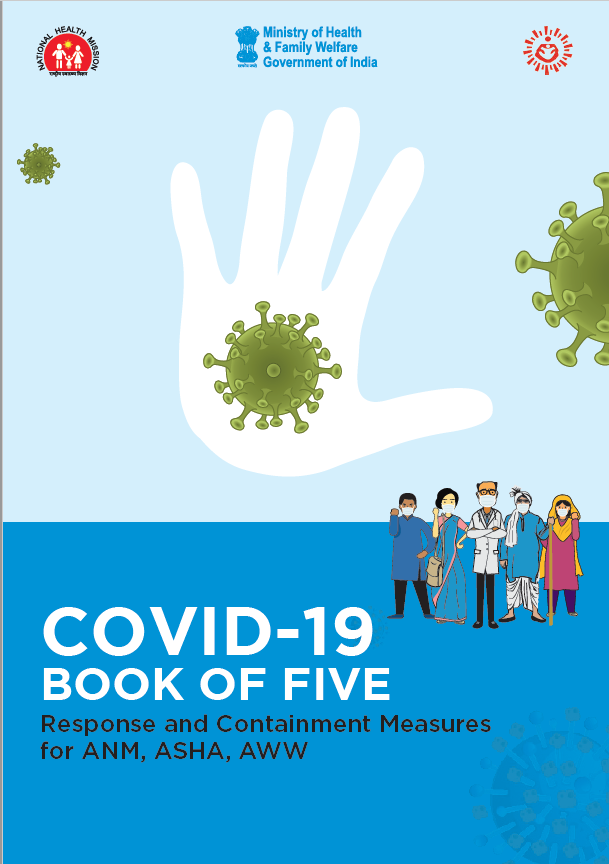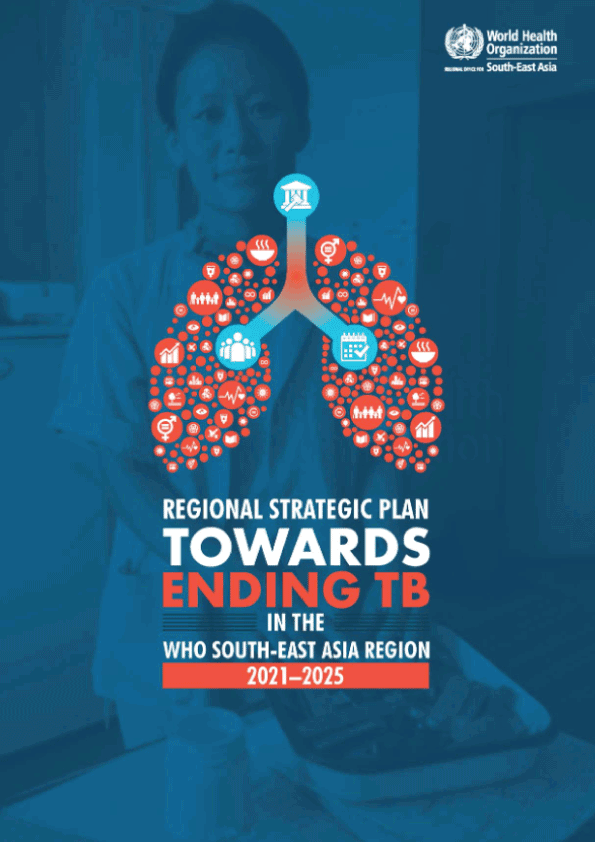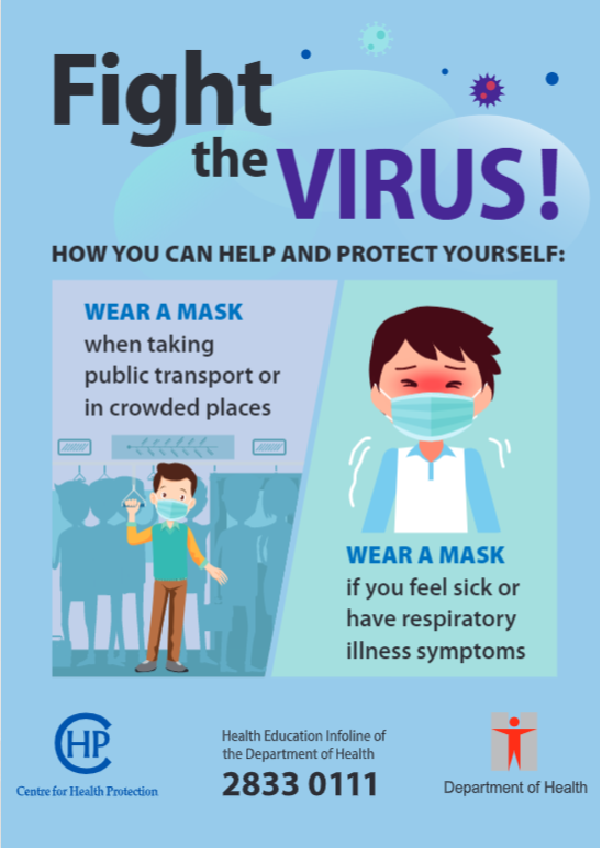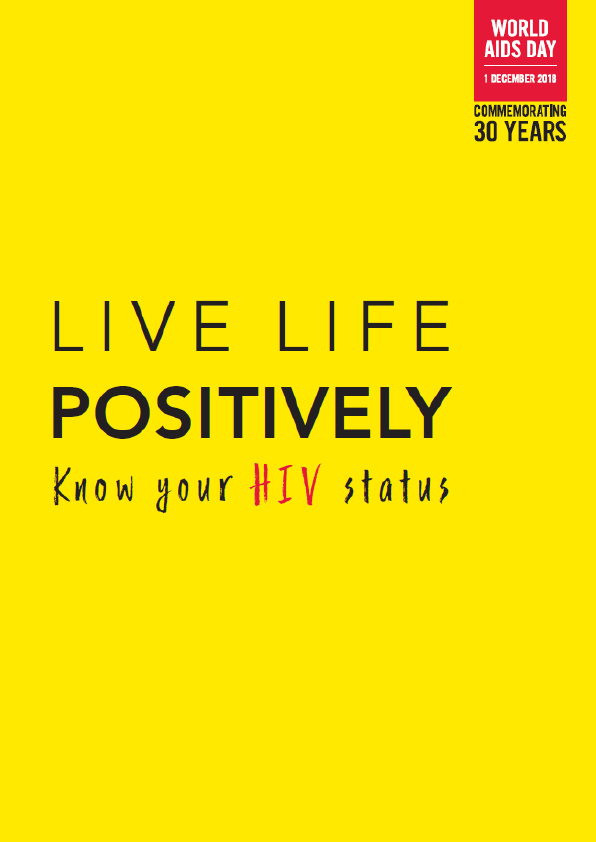Tobacco use in any form kills and sickens millions of people every year. Over 8 million people died from a tobacco-related disease in 2019. The number of annual deaths can be expected to keep growing even once rates of tobacco use are in decline, because tobacco kills its users and people exposed to its emissions slowly. World Health Organization (WHO) Member States adopted the WHO Framework Convention on Tobacco Control (WHO FCTC) in 2003, which lays out specific, evidence-based actions that all Parties to the Convention should take to reduce demand for tobacco.
United Nations Sustainable Development Goal (SDG) Target is to “Strengthen the implementation of the WHO FCTC in all countries, as appropriate”. The indicator that demonstrates progress towards this target is “Age-standardized prevalence of current tobacco use among persons aged 15 years and older”. WHO monitors global progress of this indicator, and reports results to the United Nations via this report.
The WHO Global Action Plan for the Prevention and Control of Noncommunicable Diseases 2013– 2020 (NCD GAP) includes a target for reducing the global prevalence of tobacco use (smoked and smokeless tobacco) by 30% by the year 2025 relative to 2010. This report uses data from Member States to monitor progress towards this target, and to project the likelihood of achieving it.
Each year, more countries are setting their own targets and calculating their own tobacco use trends and projections. Country-produced estimates are no less valid than WHO estimates. The value of WHO estimates is mainly to extract a global picture from comparable estimates by using a unified set of definitions and one estimation method for all countries. WHO estimates undergo a country consultation prior to publication.
WHO published the first edition of this report in 2015, the second in 2018 and the third in 2019. This is the fourth edition in the series. Indicators calculated for this report are current tobacco use as per SDG indicator , current tobacco smoking and current cigarette smoking prevalence among the population aged 15 years and older. The time series runs from 2000 to 2025 and is fully revised in each report using latest available data.
At the time of this report, 159 countries had one or more surveys that asked about any tobacco use, 183 countries had surveys that asked about tobacco smoking behaviour, and 178 had asked about cigarette smoking. Taking these three indicators together, a total of 165 countries had asked about one or more of these indicators multiple times, including recently, allowing for measurement of trends in use rates. Consequently, this report presents trends in tobacco use, tobacco smoking and cigarette smoking in 165 countries (see Annex 1).
While 133 countries had asked about smokeless tobacco use in national surveys, only 76 countries had asked in surveys completed in two or more different years and could conceivably use these data to understand the trend in smokeless tobacco use. Consequently, data are not yet sufficient to calculate trends in smokeless tobacco use at global level. However, the available survey data can be used to summarize the global level of smokeless tobacco use for a single point in time. This analysis is presented in Section 3.5 of this report.
Several indicators of tobacco use among adolescents aged 13–15 years (any tobacco use, current cigarette use, and current smokeless tobacco use) have been collected in the majority of countries and are summarized for a single point in time in Sections 3.6, 3.7 and 3.8.
Trends in use of electronic cigarettes and other nicotine delivery devices are not included in this report because there are not yet enough country data to make global or regional estimates. However, some commentary on the topic is provided in Section 3.9.
This report can be used as a companion to the biennial WHO report on the global tobacco epidemic, an advocacy tool that supports adoption of the demand-reduction measures in the WHO FCTC and which highlights the successes of Member States towards full adoption of the measures.
